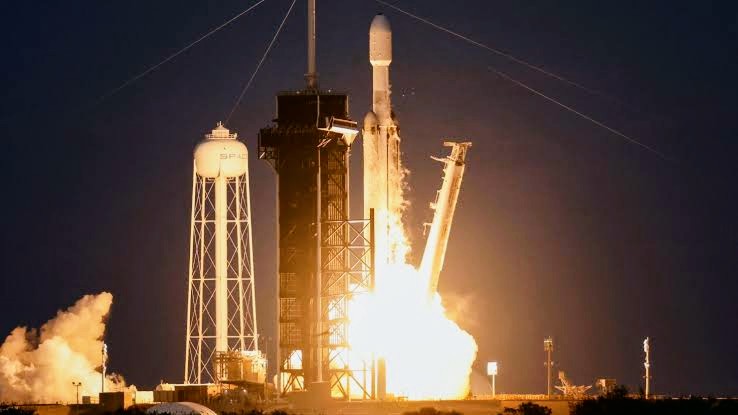U.S. military launches secretive robotic spaceplane
The United States military has initiated the seventh mission of its secretive X-37B robotic spaceplane, a cutting-edge and classified spacecraft designed for extended orbital operations.
The spaceplane blasted off from Florida atop a SpaceX Falcon Heavy rocket capable of delivering it to a higher orbit than ever before, marking the first time the plane has been launched on a SpaceX Falcon Heavy rocket.
The Falcon Heavy, made up of three rocket cores strapped together, roared off its launch pad from NASA’s Kennedy Space Center in Florida on Thursday in a spectacular nighttime lift-off that was streamed live.
Liftoff! pic.twitter.com/wTmY1h7ogp
— SpaceX (@SpaceX) December 29, 2023
The launch came two weeks after China’s robot spaceplane, known as the Shenlong, or “Divine Dragon,” was launched on its third mission to orbit since 2020, adding a new twist to the growing US-Sino rivalry in space.
The Pentagon has disclosed few details about the X-37B mission, which is conducted by the US Space Force under the military’s national security space launch programme.
Thursday’s launch marked the seventh flight of an X-37B, which has logged more than 10 years in orbit since its debut in 2010.
The Boeing-built aircraft, which is about nine metres (29 feet) long and resembles a mini space shuttle, is unmanned and carries various experiments.
Its first mission was in 2010, and the most recent was in May 2020, with those flights confined to low-Earth orbit at altitudes below 2,000km (1,200 miles).
Also Read: SpaceX launches South Korean spy satellite
The Pentagon has not said how high the plane will fly during this mission, but in a statement last month, the Air Force Rapid Capabilities Office said it would involve tests of “new orbital regimes, experimenting with future space domain awareness technologies.”
The X-37B is also experimenting to study how plant seeds are affected by prolonged exposure to the harsh environment of radiation in space.
China’s equally secretive Shenlong was launched on December 14 by a Long March 2F rocket.
Space Force General B. Chance Saltzman told reporters at an industry conference earlier this month that it was probably “no coincidence” that the launches had taken place so close together.
“It’s no surprise that the Chinese are extremely interested in our spaceplane. We’re extremely interested in theirs,” Saltzman said, according to remarks published in Air & Space Forces Magazine, a US aerospace journal.
“These are two of the most watched objects on orbit while they’re on orbit. It’s probably no coincidence that they’re trying to match us in timing and sequence of this,” he said.
The planned duration of the latest X-37B mission has not been made public, but it will presumably run until June 2026 or later, given the prevailing pattern of successively longer flights.
The last flight, the longest one yet, lasted for two and a half years before touching down on the runway at the Kennedy Space Center in November last year.


Comments are closed.